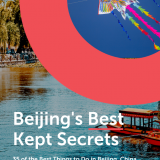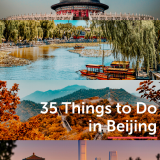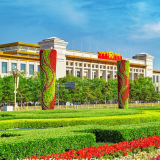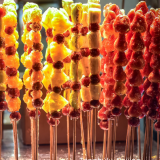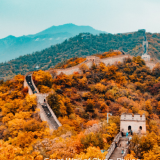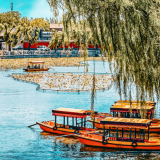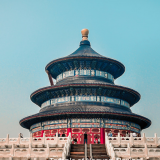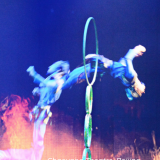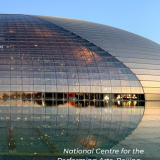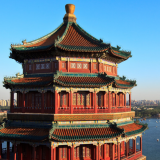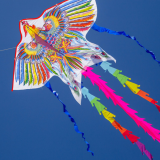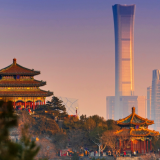Beijing is a city of contrasts and a metropolis in constant flux. The Chinese capital’s wide boulevards and modern skyscrapers have been rapidly eclipsing the charming hútòngs (alleyways) and sìhéyuàn (courtyard homes) for decades, but there is still plenty of history and culture in the ‘Jing. From exploring the Forbidden City and riding bicycles through Peking University to indulging in Peking duck and partying to live rock music, Beijing is exciting 24/7.
It’s easy to make a list five times as long as this because Beijing is ever-evolving. It’s not uncommon for entire city blocks to be erected virtually overnight. As Beijing prepares to host the 2022 Winter Olympics, there will be even more restaurants to try, bars to frequent, and shops to explore. In the meantime, here are the quintessential things that have endured for decades, and many for centuries, that you must do in Beijing.
Check Out the Crazy Architecture

In the lead up to the Beijing 2008 Summer Olympics, dozens of skyscrapers testing the limits of design emerged in the city’s skyline. While the National Stadium (aka the Bird’s Nest) and the National Aquatic Center (aka the Water Cube) were Olympic icons, other buildings have become equally famous like the China Central Television Headquarters (aka “Big Pants”) and the National Centre for the Performing Arts, which resembles a giant egg.
Try Tánghúlu
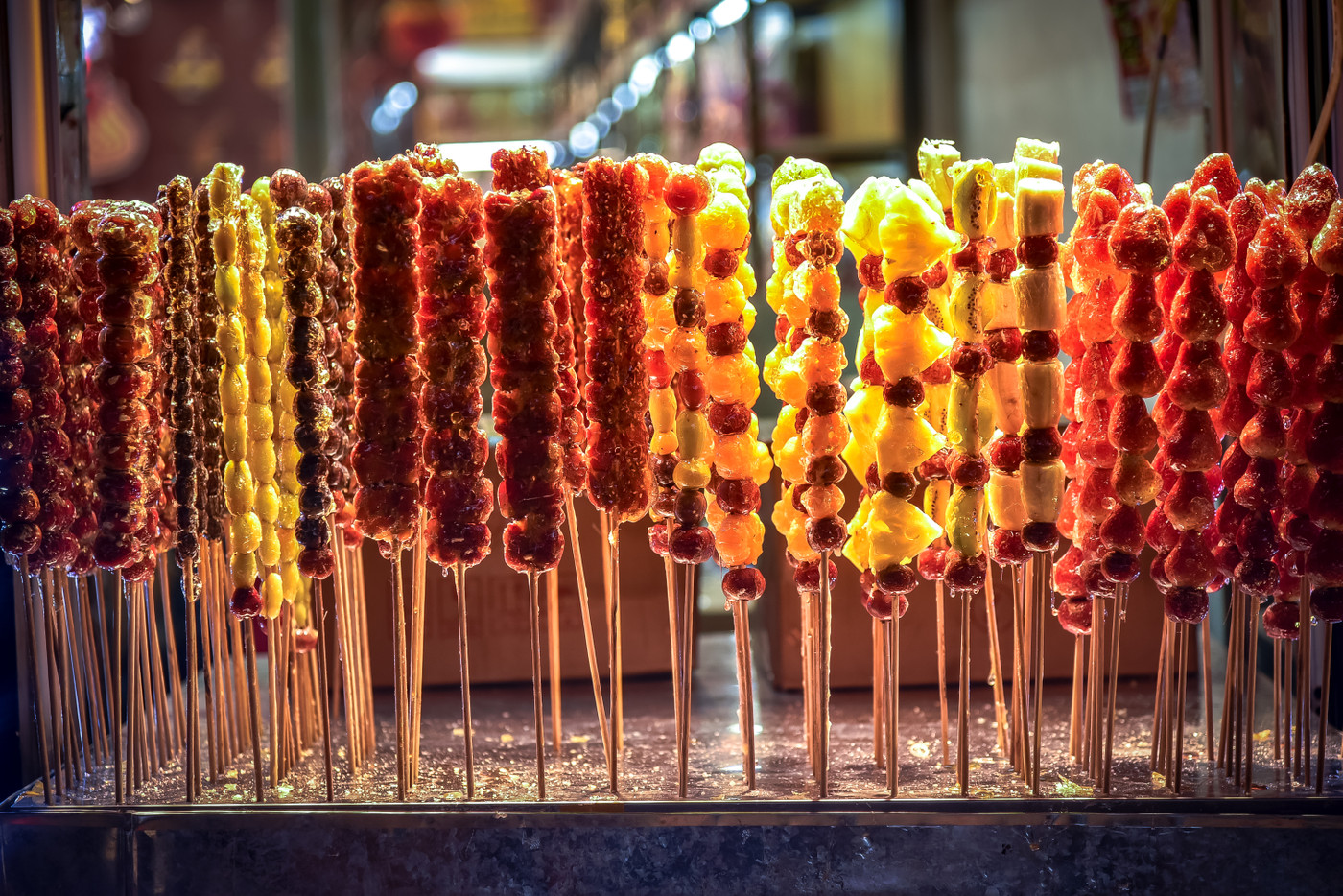
Traditionally sold off the backs of bicycles, 糖葫芦 (tánghúlu) are colorful bamboo skewers of candied fruits like plums, hawthorns, and cherry tomatoes. Wangfujing Snack Street, a lane off the main Wangfujing pedestrian street, is one of the easiest places to find tánghúlu, along with other street snacks.
Take a Rickshaw Ride

One of the best ways to get an overview of Beijing’s labyrinth-like hútòngs is on a bicycle rickshaw. With seating for one to two people, these three-wheeled pedicabs are pricier than taxis but often more convenient. Find them at the entrance to Nanluoguxiang and Houhai Lake. Before boarding, make sure to agree on a price, which varies by distance.
Stay in a Sìhéyuàn

After Mao Zedong came to power in the mid-20th century, many traditional courtyard homes were torn down and replaced with bleak housing blocks, but visitors can still sleep in a sìhéyuàn at The Orchid Hotel near the Drum and Bell towers, and Hotel Cote Cour near Wangfujing, a pedestrian street flanked with luxury shopping malls.
Sip Sundowners in Houhai
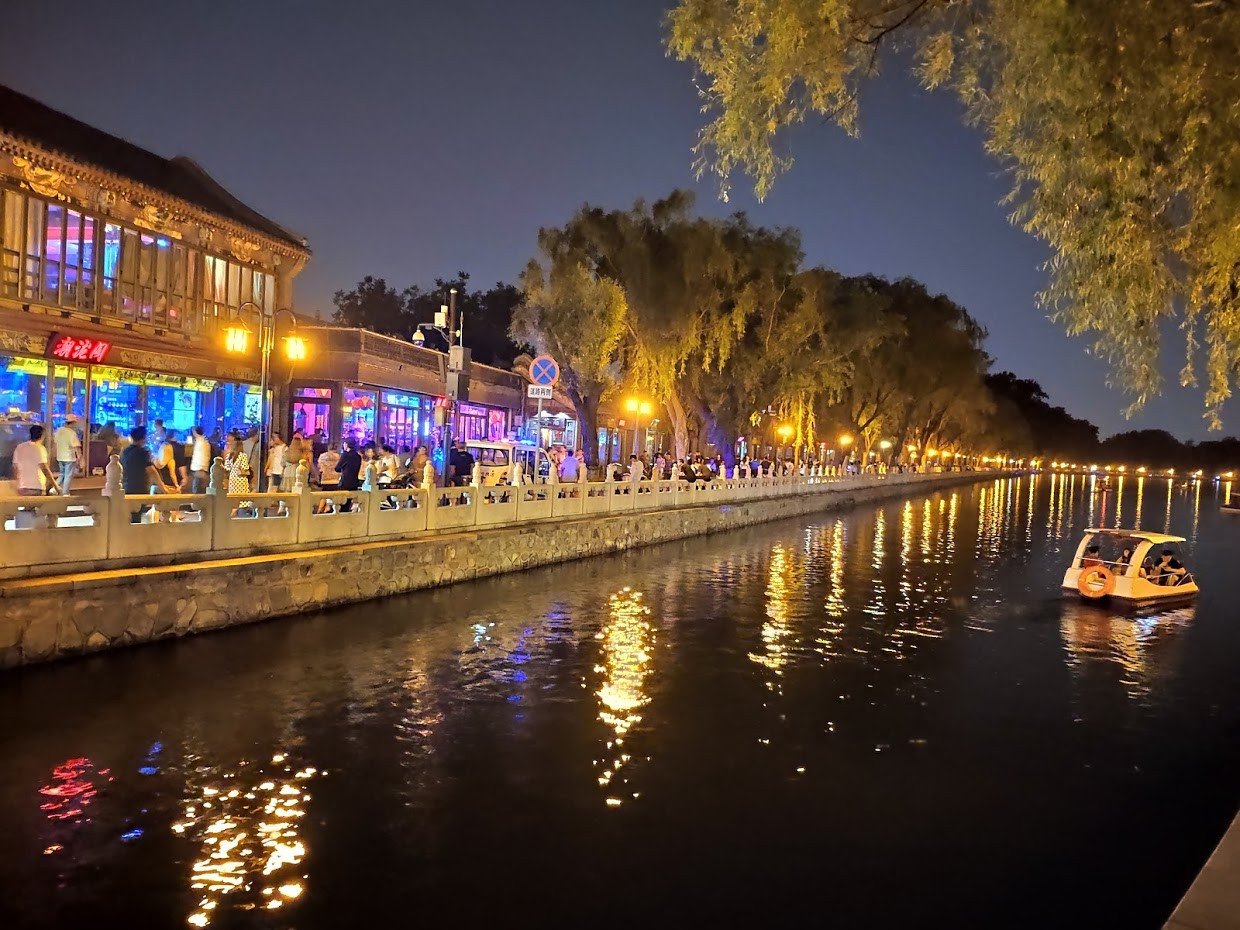
Part of an ancient waterway dating to the Yuan Dynasty, Houhai and the adjacent Qianhai and Xihai are three artificial lakes in North Central Beijing that are a respite from bustling city life. To access the idyllic lakes, you’ll pass through historic hútòngs. Grab a seat at one of the many bars that line Houhai Bar Street for sips with a view of the sunset.
Get a T-Shirt from Plastered

Since 2006, the team at Plastered have been elevating the everyday into wearable art. The shop’s hand screen printed T-shirts feature iconic bits of Beijing life like street signs, subway tickets, and advertisements, making for the ultimate Beijing souvenirs. The shop, which is staffed by Chinese senior citizens, also sells bags, hats, socks, and other accessories.
Walk Beijing’s Art Districts

What was once an area of state-run factories was transformed in 2002 into 798 Art Zone, a collection of mostly modern art galleries in Dashanzi in Northeast Beijing. Today, this area is populated with dozens of art galleries and international and local artist studios along with restaurants and bars, which are all worth discovering.
Climb the Great Wall
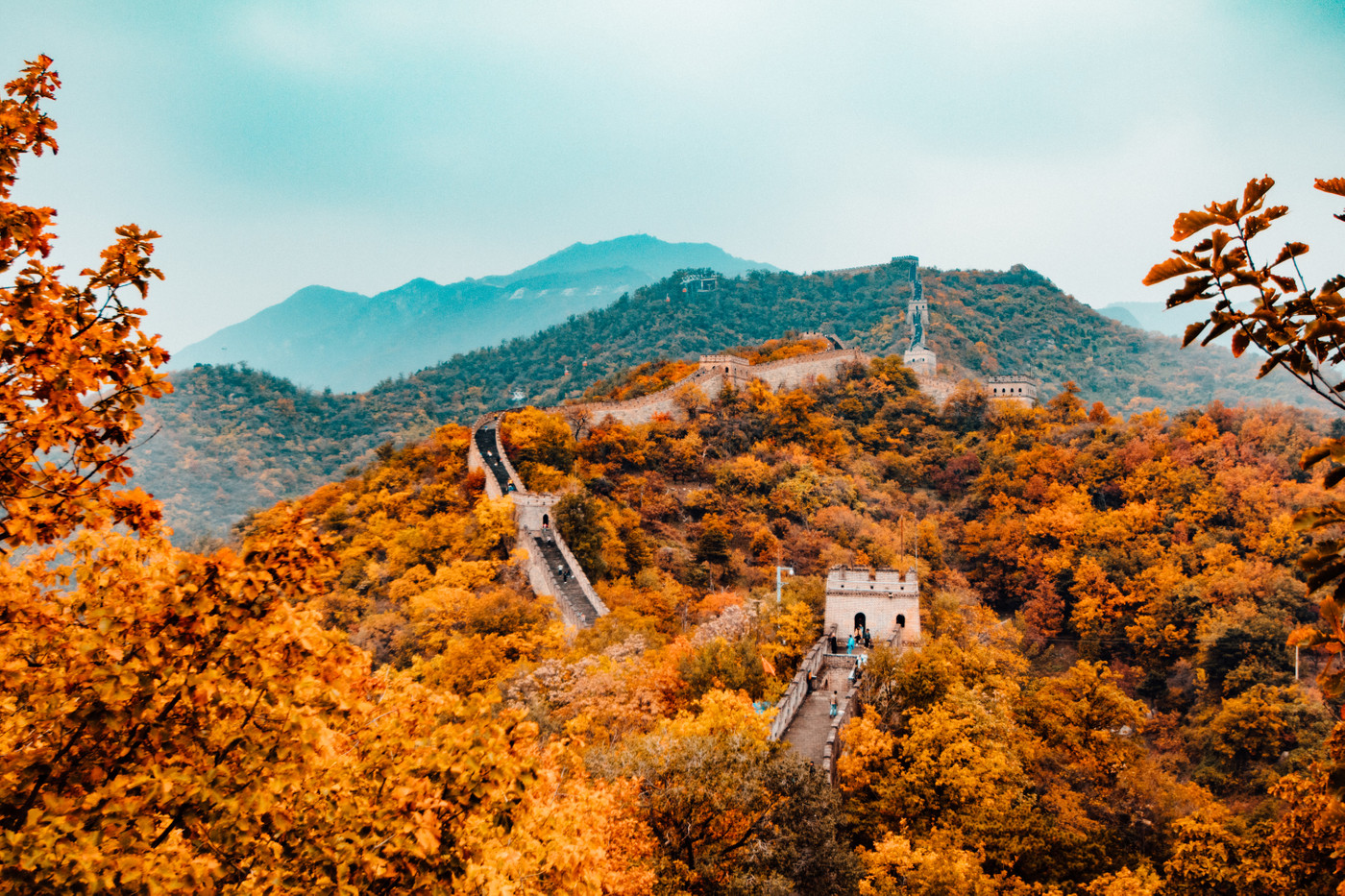
There are a half dozen sections of the 3,852-mile Great Wall within an hour or two of Beijing, but the restored sections of Badaling, Mutianyu, and Jinshanling are the most popular. Consider combining a Great Wall tour with a visit to the nearby Ming Tombs— two of the best things to do in China.
Visit the National Museum of China

The National Museum of China houses 1.4 million objects that chronicle the art and history of China. The collection includes paintings, ceramics, ancient and modern artifacts, and rare books. It could take years to explore the museum, so make sure to spend at least a day here. The museum is closed on Mondays.
Practice Tài Chí with Beijingers
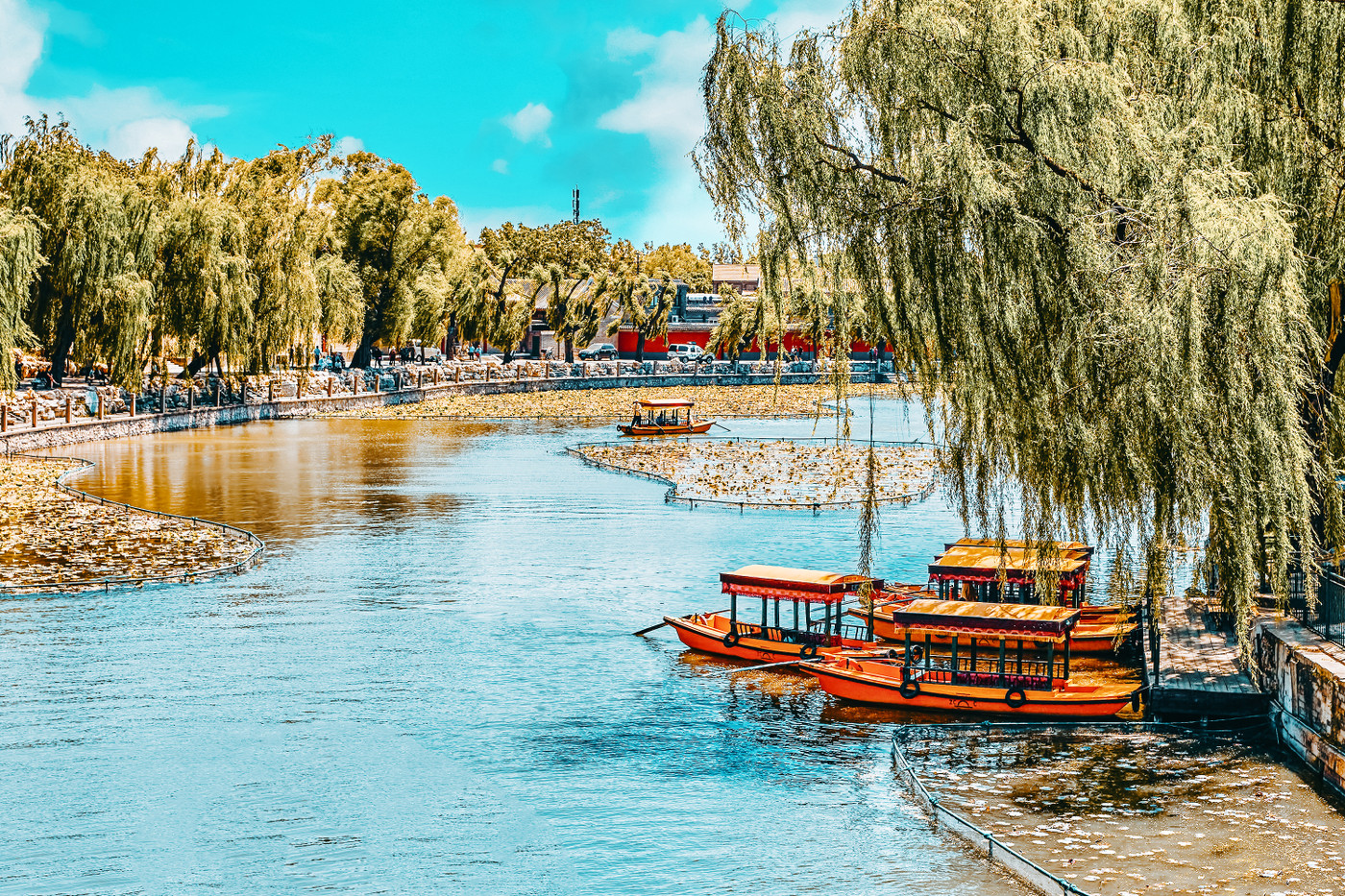
Head to any public park in Beijing at sunrise and you’re bound to see locals in precise rows practicing the slow moving martial art. Most won’t mind if you join in the graceful movements and deep breathing. Our favorite places for tài chí are the Temple of Heaven Park, Beihai Park, and Jingshan Park.
Listen to Live Music
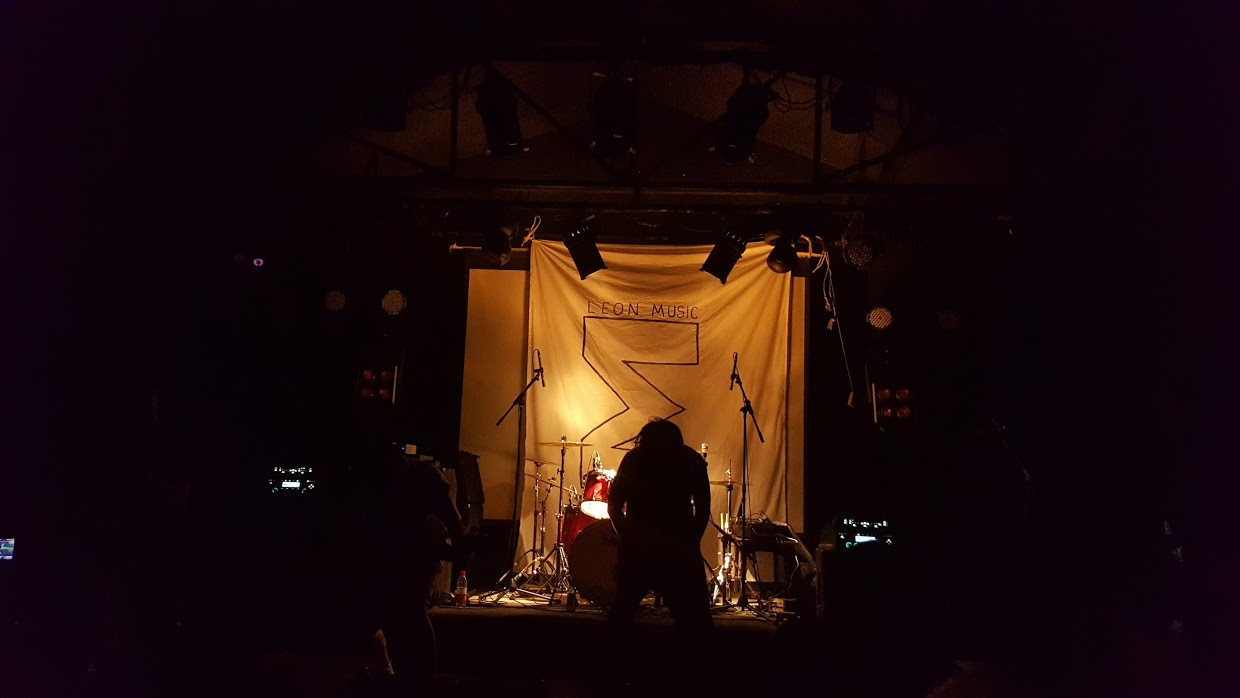
China’s burgeoning music scene is on full display at live music venues like MAO Livehouse, Yugong Yishan, and 13Club. From rock to rap to heavy metal, you’ll find local and international artists at these live music venues, as well as bars and nightclubs across the city.
Eat Jiānbing for Breakfast

Start your day with a 煎饼 (jiānbing), a traditional hand-held breakfast cooked by street vendors across Beijing. The savory breakfast of fried egg, chopped scallions, soy-bean paste, and yóutiáo (fried dough) wrapped in a Chinese-style wheat crepe is delicious any time of day.
Eat Chūa’r

Once the sun sets, the chuà’r vendors set up on Sanlitun’s sidewalks to serve the throngs of mostly foreigners who frequent the bars on Beijing’s bar street. Skewers of spicy 羊肉串 (yáng ròu chuàn), lamb skewers, are grilled over coals with their fragrant aroma making it hard to resist after a night of drinking.
Watch the Flag Raising Ceremony at Tian’anmen Square

The massive 109-acre Tian’anmen Square comes alive each morning beginning with a short, highly choreographed ceremonial flag raising at dawn. As the national anthem plays, a People’s Liberation Army honor guard raises the national flag over the public square, heralding a new day.
Wander Beijing’s Hútòngs
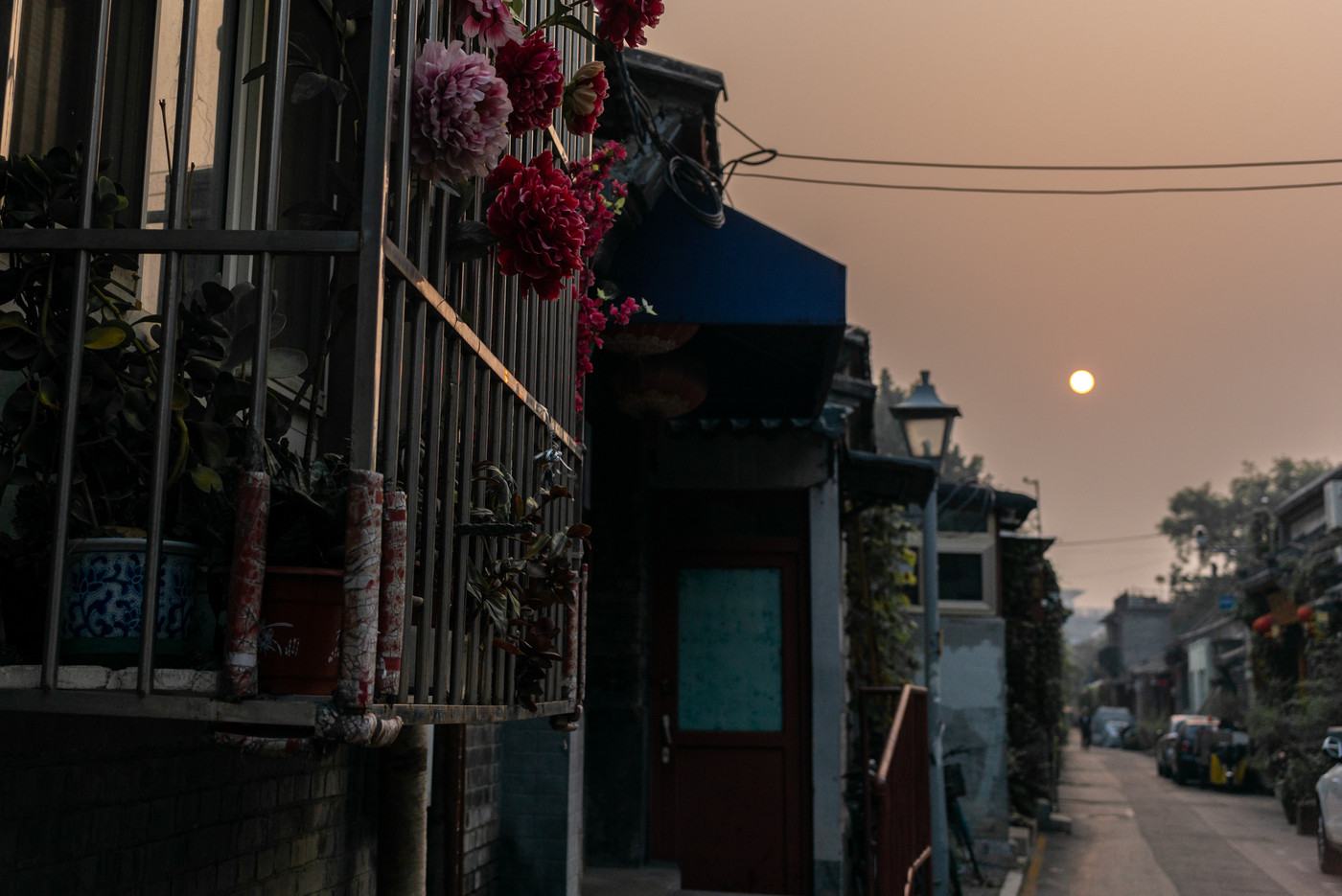
Beijing was originally laid out in a grid with many lanes (hútòngs). Most of these ancient neighborhoods were torn down beginning in the mid-20th century, but several have been meticulously restored like Nanluoguxiang and Wudaoying, which are populated with bars, restaurants, and shops frequented mostly by foreigners. Getting lost in these alleyways is a one of the best things to do in Beijing.
Visit the Temple of Heaven

Follow in the footsteps of Ming and Qing emperors with a visit to the Temple of Heaven, an imperial temple complex in Southeastern Beijing. It was in the iconic, circular Hall of Prayer for Good Harvests where the emperor prayed for good harvests. The expansive park that surrounds the Temple of Heaven is a great place to people watch.
Go to All-Night Karaoke
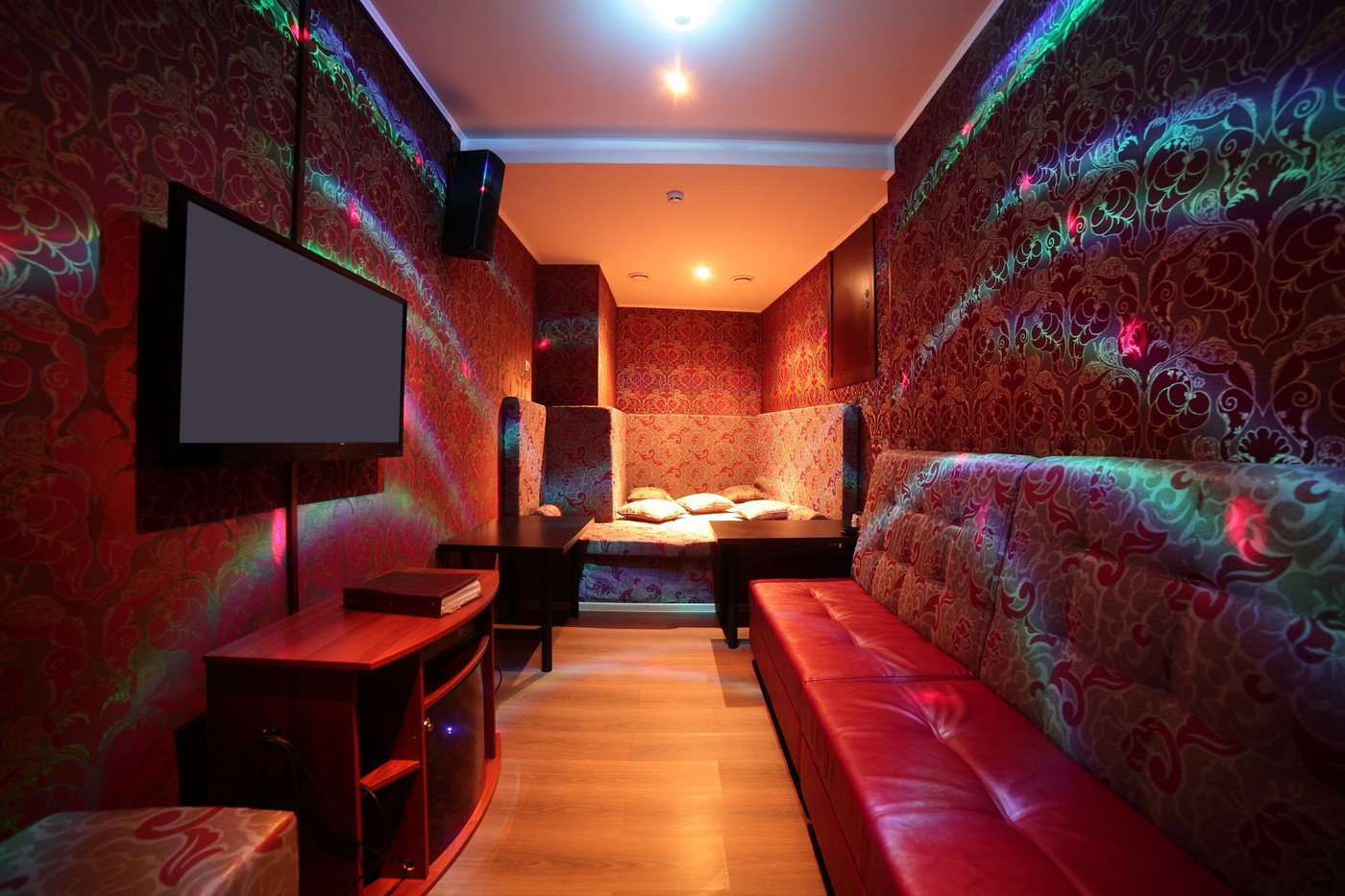
Karaoke or KTV is an event in Asia; the digs like those at My Song KTV are so fancy these KTV parlors could be mistaken for nice hotels. A session typically includes lavish, all-you-can-eat buffets and private rooms kitted out with a TV, mics, and thick volumes of Chinese and Western songs.
Eat Peking Duck

If there’s one thing you must eat in Beijing, it’s Peking duck. At restaurants like Beijing Da Dong, Duck de Chine, Jing Yaa Tang, Lijun Roast Duck, and Quanjude, slow-roasted ducks with perfectly crispy skin are precisely sliced and served with thin pancakes, hoisin sauce, and garnishes like razor thin strips of cucumber and scallions. Bring some friends to help eat this feast.
Visit the Summer Palace
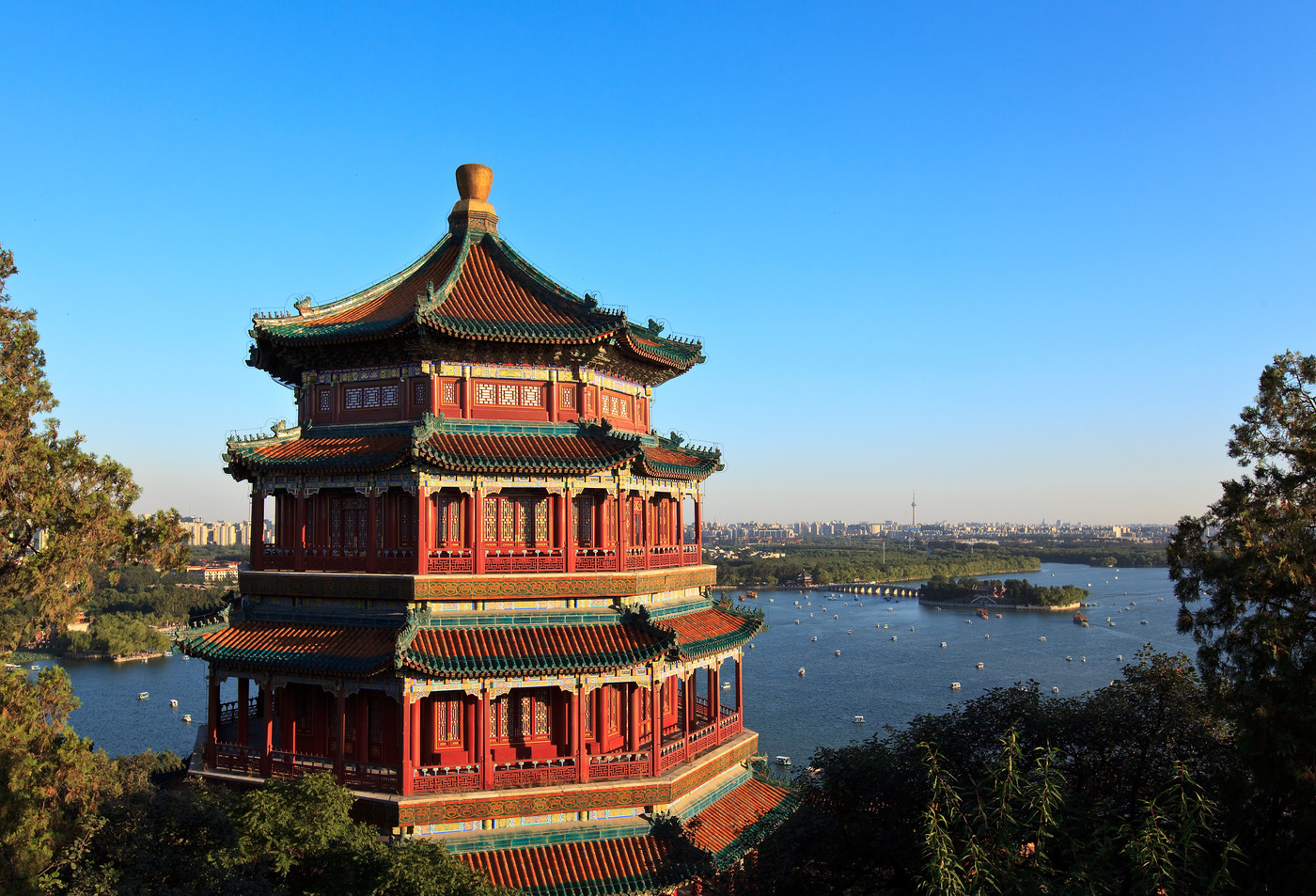
The palatial Summer Palace, an imperial garden in the Qing Dynasty, was later rebuilt as the summer residence for the Empress Dowager Cixi. Enjoy a peaceful walk around Longevity Hill and Kunming Lake and admire the 118-foot stone boat on the lake’s northwestern shore.
Climb the Fragrant Hills
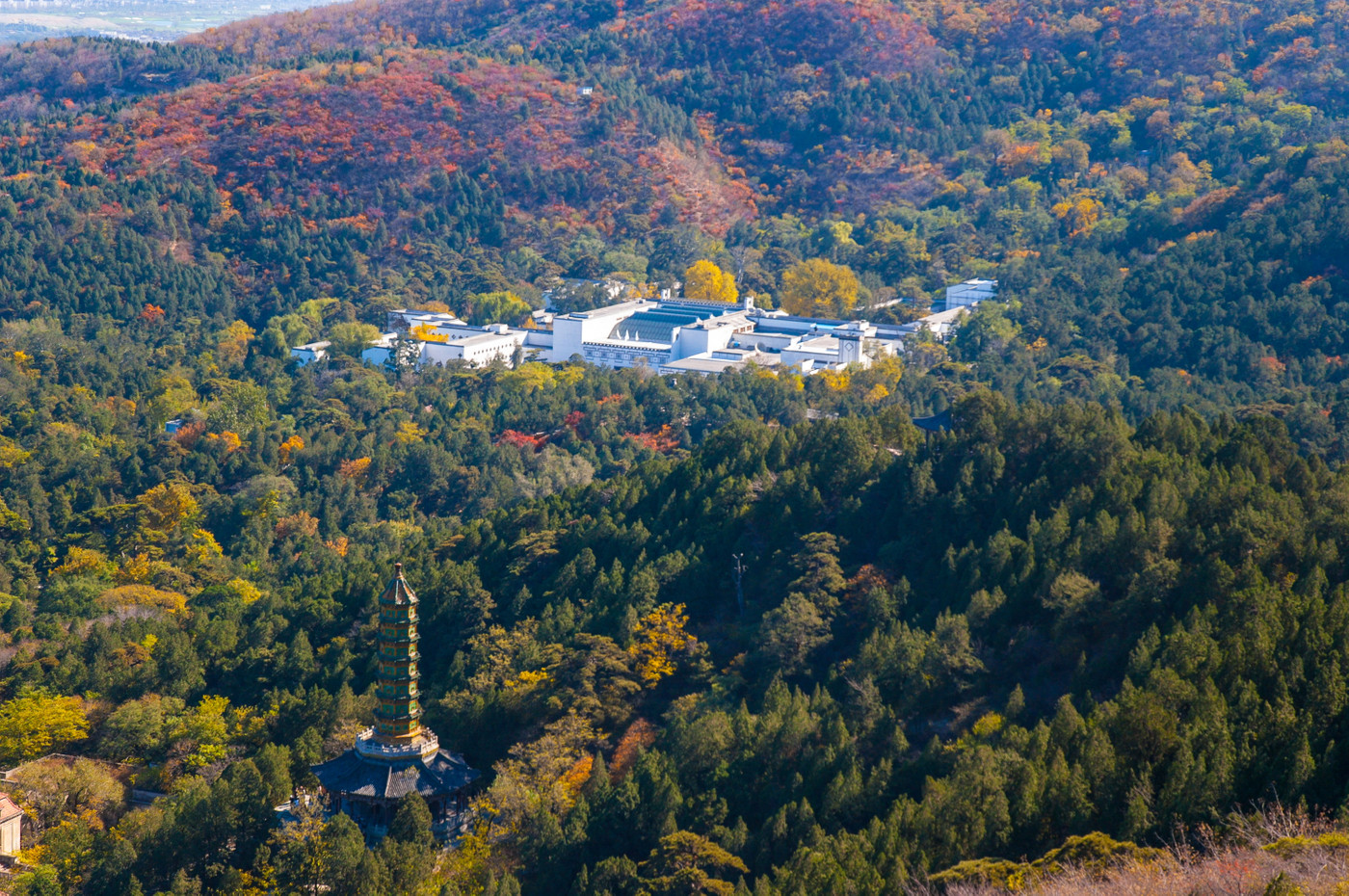
Just outside the city limits in Northwest Beijing, Xiangshan Park (Fragrant Hills Park) is a popular place to hike, particularly in fall when the hill is blanketed in vibrant red maple leaves. Take an 18-minute ride on a cable car, or a vigorous hike, to the top of the highest peak, Xiang Lu Feng (Incense Burner Peak), which resembles a huge incense burner 1,827 feet above sea level.
Marvel at the Acrobats

The nightly Beijing Acrobatic Show may be touristy, but the hype and spectacle are—literally—breathtaking as dozens of talented acrobats tumble, twirl, twist, balance, and defy gravity at Chaoyang Theatre. It’s a perfect activity for families. The acrobatics are unlike anything we or you have ever seen.
Take a Beijing Taxi & Listen to Crosstalk
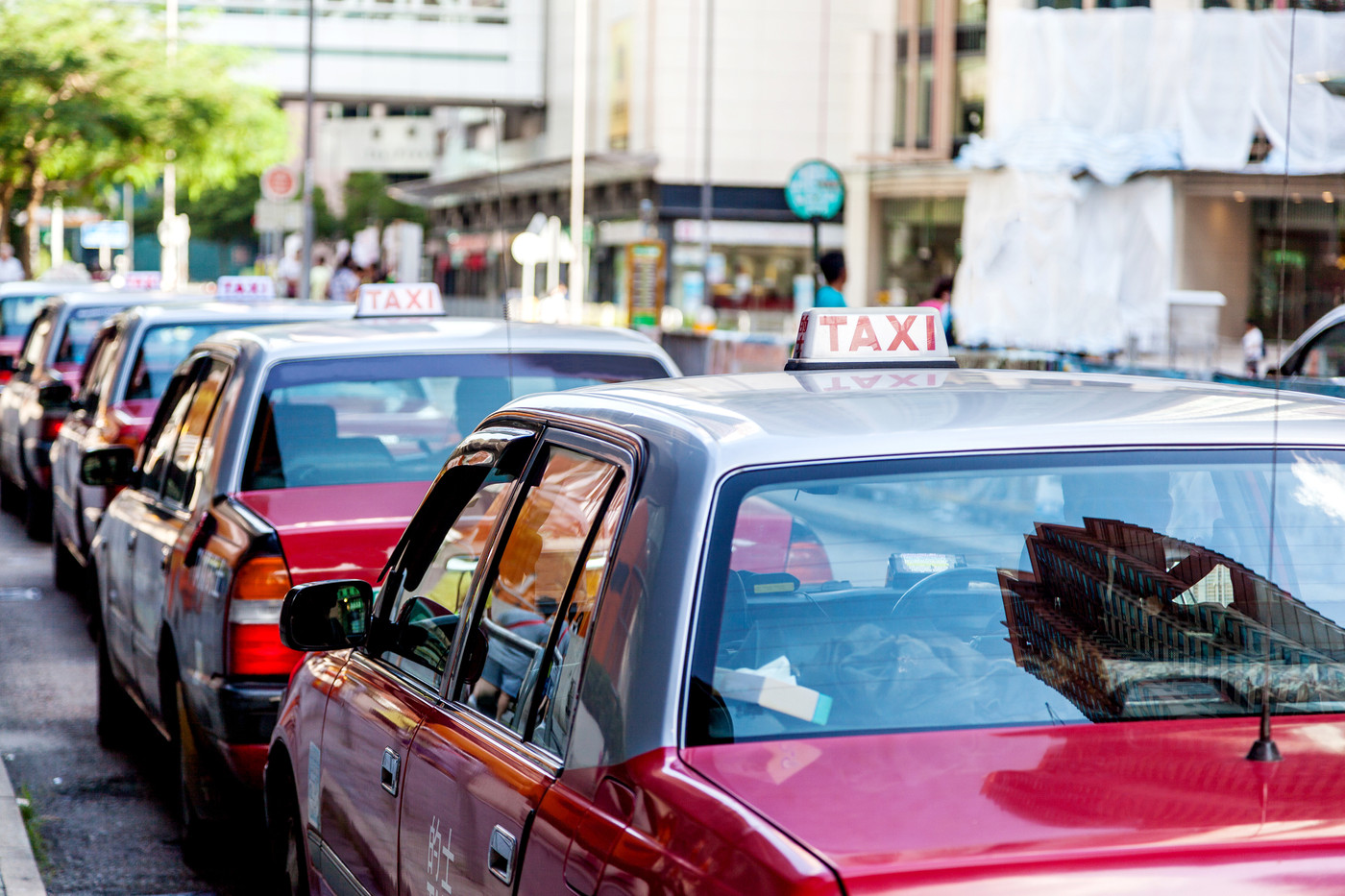
It’s not hard to hail a Beijing taxi, but make sure to bring the Chinese address of where you’re headed as most cabbies can’t read pinyin, the Romanization of Chinese characters. No matter if you take a traditional taxi or a rideshare via Didi Chuxing, the driver is most likely to have the radio tuned to 相声 (xiàngsheng), or crosstalk, a traditional form of Chinese comedy.
Watch Peking Opera

There are plenty of opportunities to see Peking Opera, but start with a short sampling at Bai Family Mansion, a restaurant housed in a former sìhéyuàn in Northwest Beijing. Women dressed in qípáos and holding red lanterns offer greetings before diners sit down to imperial cuisine and Peking opera performances.
Get Bespoke Clothing

Getting tailor made clothing is inexpensive in and one of the best things to do in Beijing. Whether it’s a qípáo, Mao suit, a copy of an outfit you saw in a magazine, or a replica of your favorite dress, the seamstresses and tailors at the Silk Street Market have you covered. Make sure you negotiate the prices.
Ride a Beijing Bicycle

Prior to millions of cars choking Beijing’s streets, millions of Beijngers rode Flying Pigeon bicycles along Beijing’s boulevards. While most folks pack the subway or drive, there are still cyclists, particularly on the vast Peking University and Tsinghua University campuses in Wudaokou in Northwestern Beijing.
Get a Foot Massage
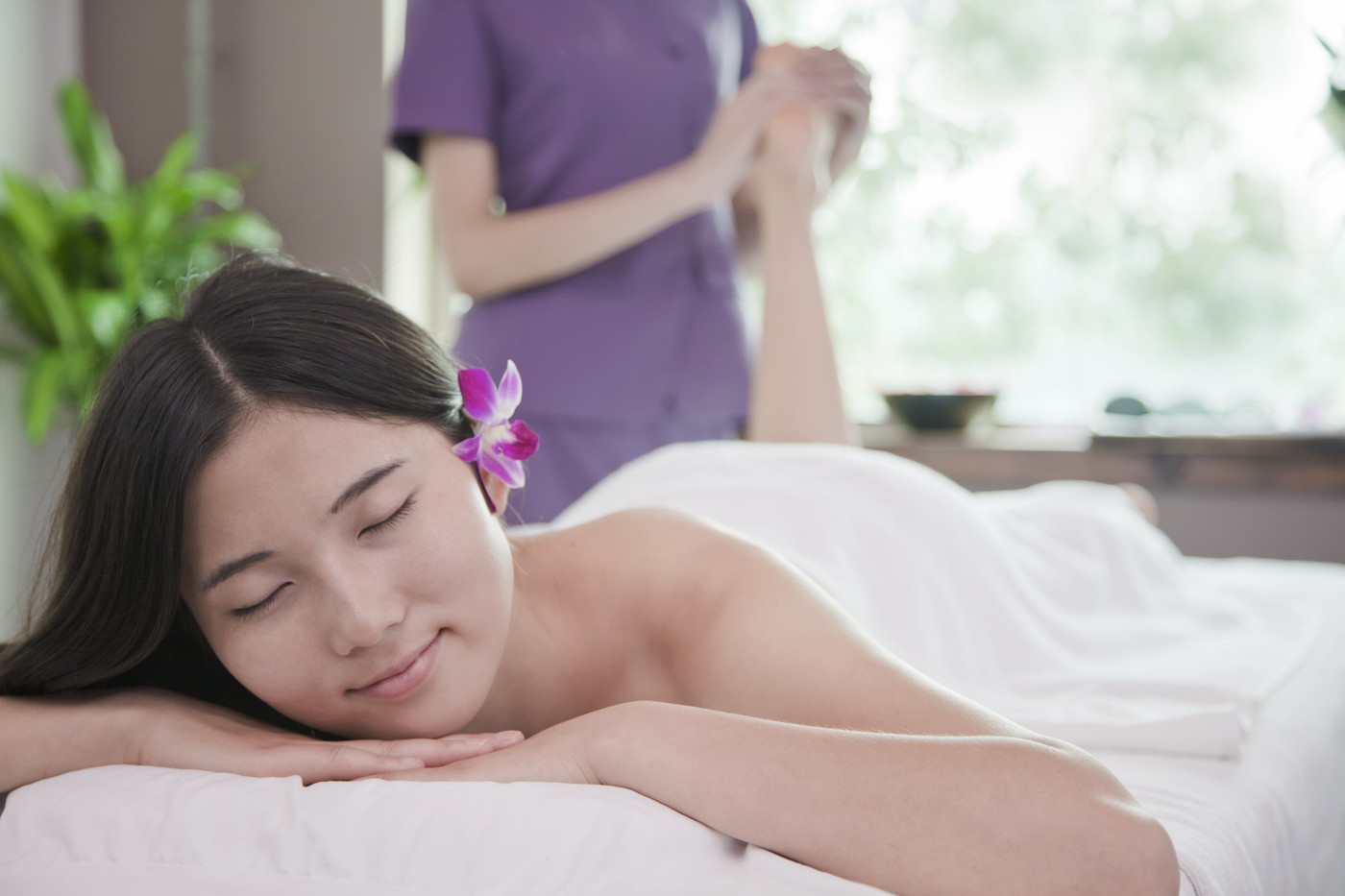
Nearly every neighborhood in Beijing has a no-frills foot massage parlor open until the wee hours of the morning, but Chinese foot massage is not for the faint of heart. If you stick it out, your feet will certainly thank you. For a fancier, more foreign friendly version, head to Dragonfly.
Eat Hot Pot
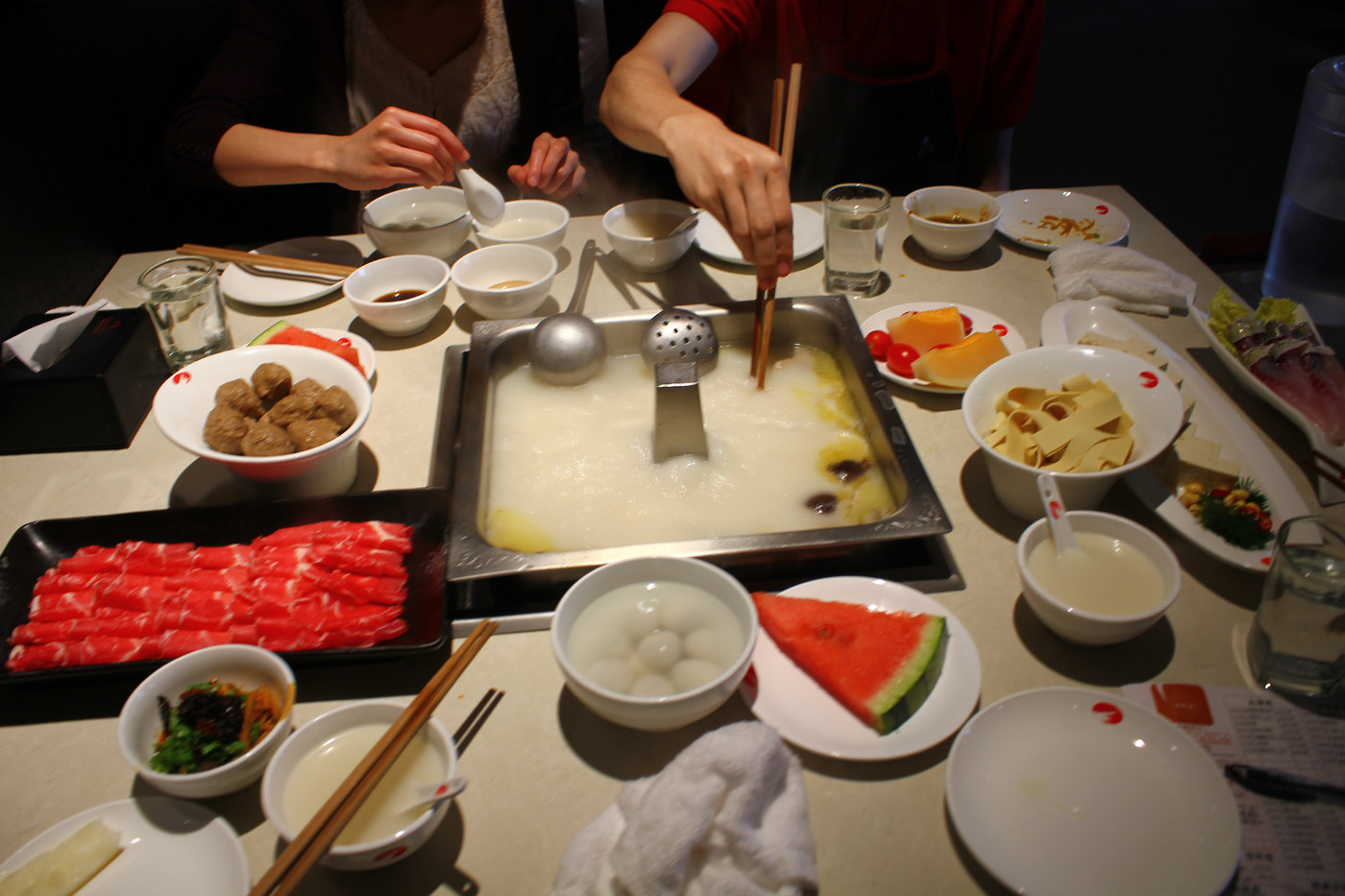
You will need to bring a team to indulge in hot pot at restaurants like Haidilao. At the table, platters of paper thin lamb, vegetables, and noodles are tossed in a bubbly pot of herbal broth or, if you dare, a mouth-numbing spicy broth. Diners retrieve what they wish from the pot during this interactive dining experience.
Play Mahjong
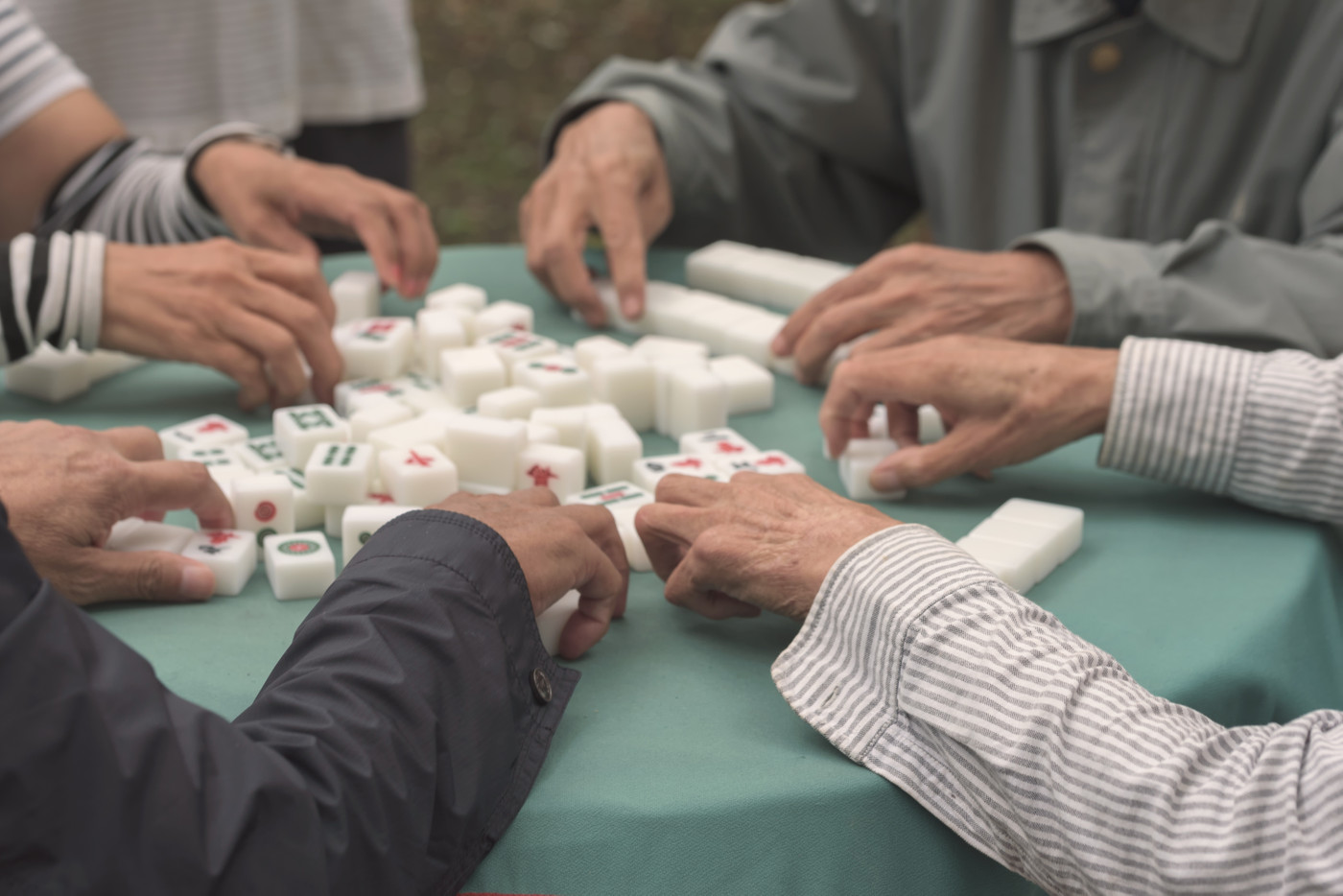
The four-player tile game is extremely popular in China. Stroll the streets and you’re bound to stumble upon a game being played either for fun or for money. Learn how to play during a mahjong class at Chinese Culture Center or, for Chinese language learners, practice your Chinese during a mahjong and Mandarin class at Beijing Mandarin School.
Gānbēi

Knock back a few shots of 白酒 (báijiǔ), a clear spirit made of fermented sorghum that is wildly popular in China. The most famous brand is Maotai, named after the town in Guizhou province where this liquor is made. This potent liquor is a minimum 38% alcohol by volume. 干杯 (Gānbēi), or cheers!
Haggle at the Silk Street Market
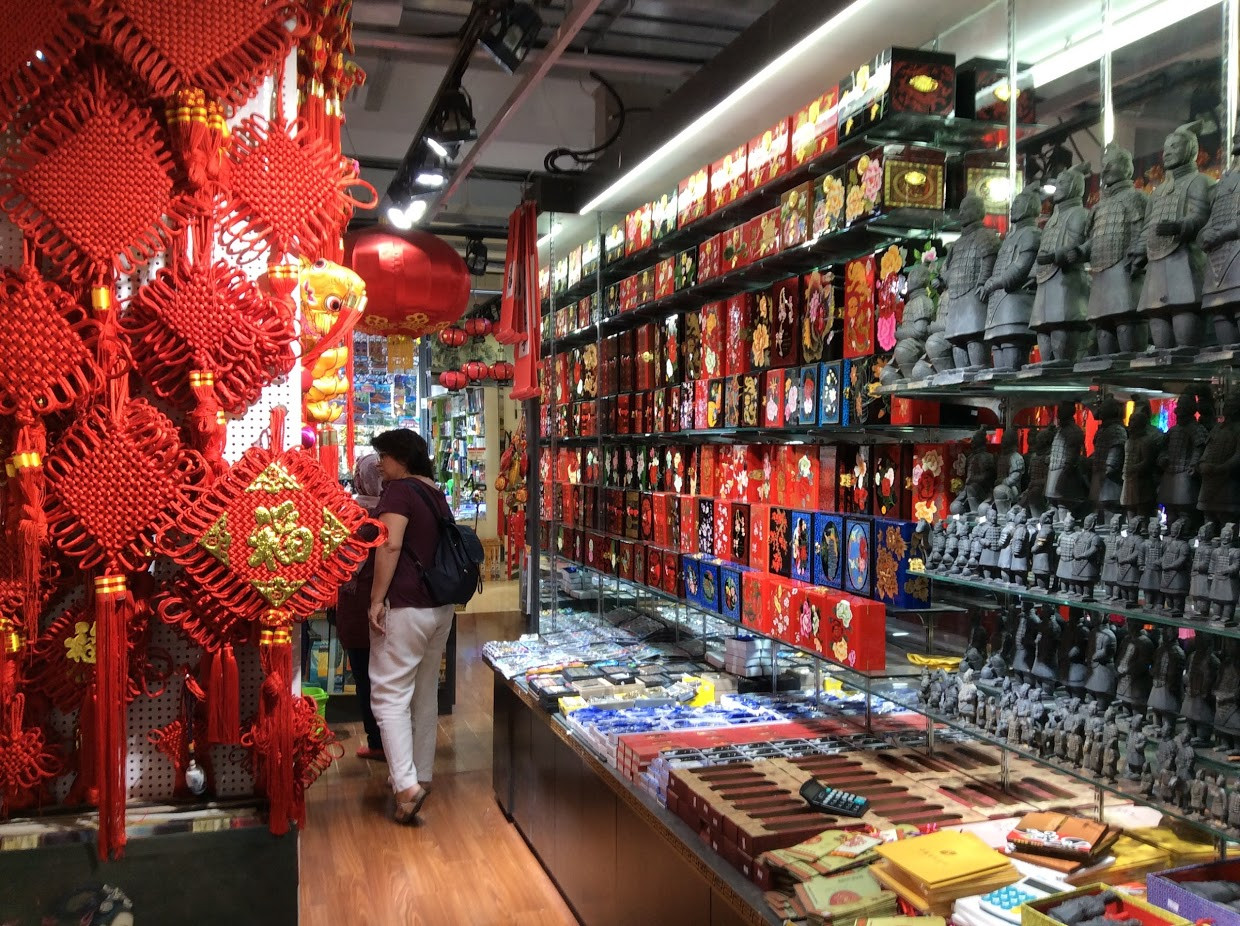
No matter what Beijing kitsch you’re after–waving Mao watches, chopsticks, seals with your name, mahjong sets, or Mao suite–the Silk Street Market is a one-stop shopping market with stall after stall of souvenirs. Get your calculator out and get ready to negotiate your final price.
Explore the Forbidden City

Plan to spend at least a half day exploring the palatial, walled Forbidden City. Home to 24 Ming and Qing Dynasty emperors, the Forbidden City reportedly has 9,999 rooms. The Forbidden City houses The Palace Museum, which has a collection of more than 1 million pieces including paintings, sculptures, ceramics, and seals.
Fly a Kite
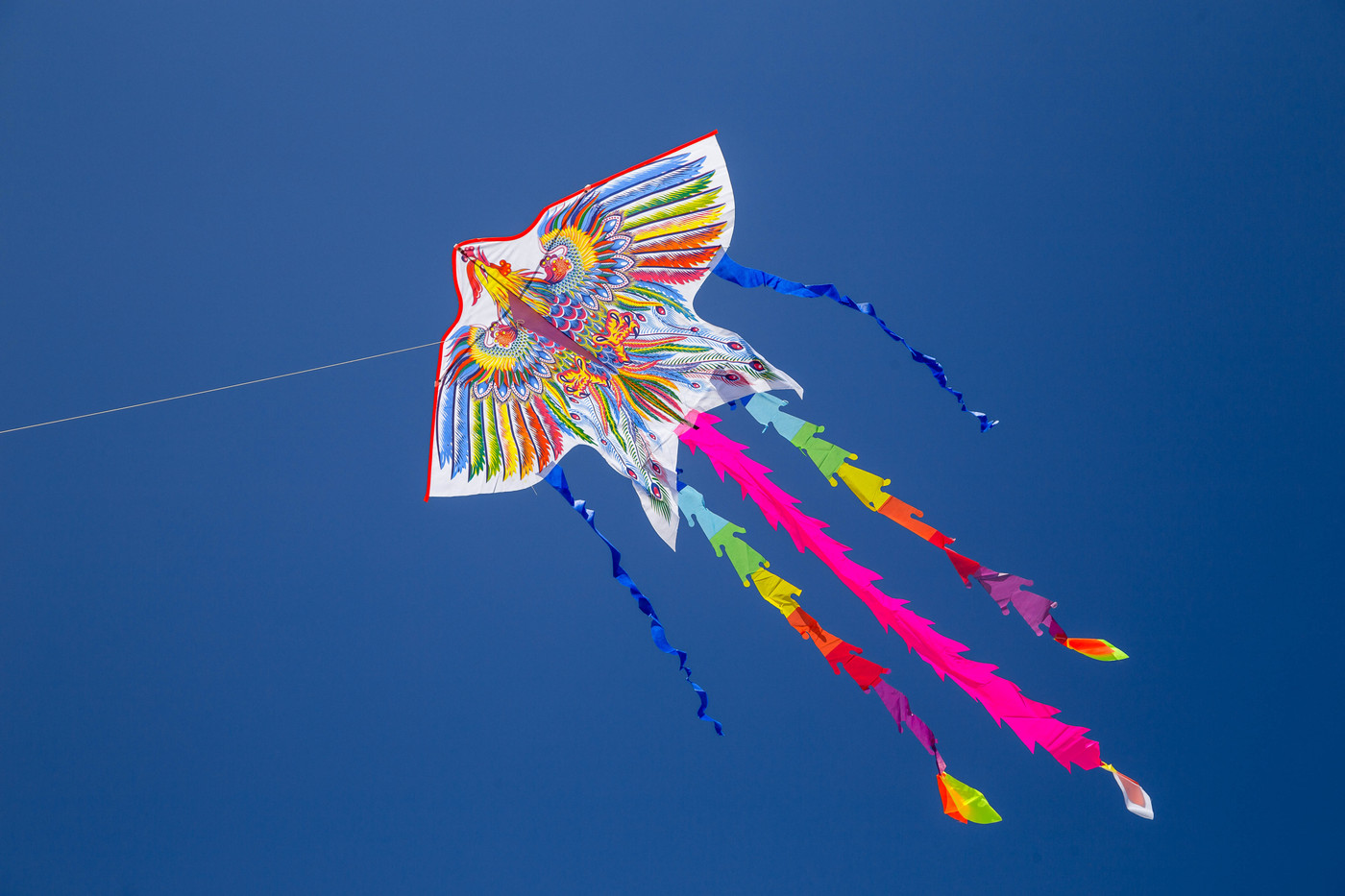
Flying kites is a popular pastime in parks across China. Head to Three Stones Kite to pick out a kite before heading to a local park. The Liu family has been hand making and hand painting kites made of bamboo, silk, and paper for generations. The elaborate kites come in colorful and fanciful shapes like birds, dragons, and butterflies.
Go Antiquing at Panjiayuan Antiques Market

What started as a roadside venture in the early 1990s has now become a great place to buy souvenirs. The stalls at Panjiayuan Antiques Market mostly stock reproductions, although a few genuine antiques, including original furniture and Communist Revolution-era posters, can be found if you look closely enough.
Buy Pearls at the Pearl Market
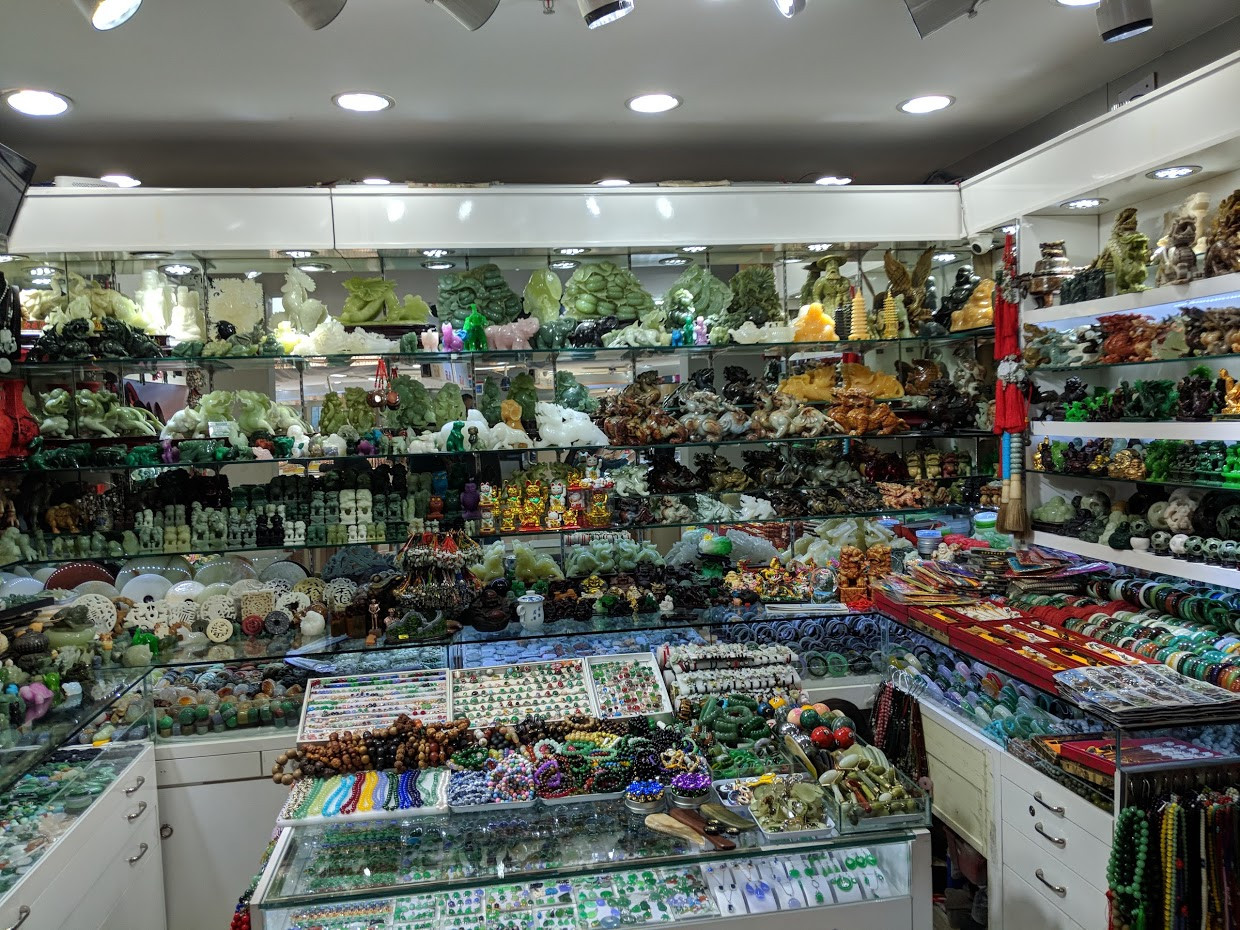
As the name suggests, the Pearl Market has hundreds of stalls selling pearls. Like other markets, bring your bargaining skills and study up on identifying real from fake pearls. The market also has souvenir stands selling every type of tchotchke imaginable.
Visit the Friendship Store
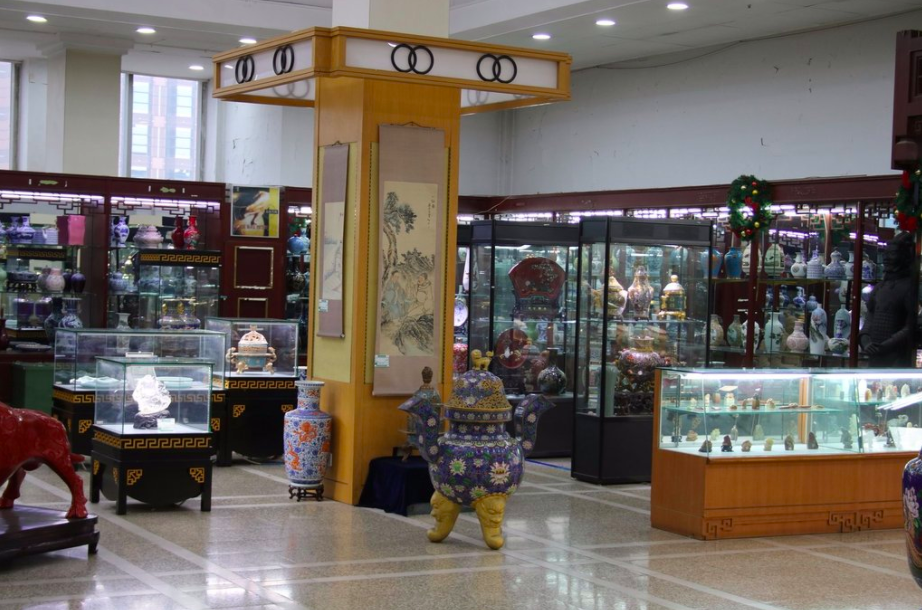
In the mid-20th century, Friendship Stores started to appear in China. Only foreigners were allowed to shop using foreign exchange certificates in these state-run stores that stocked foreign goods, uncensored reading materials, and Chinese crafts. Today, anyone can shop for English language books and Chinese souvenirs in the Friendship Shop in Wangfujing, the only Friendship store in Beijing.
